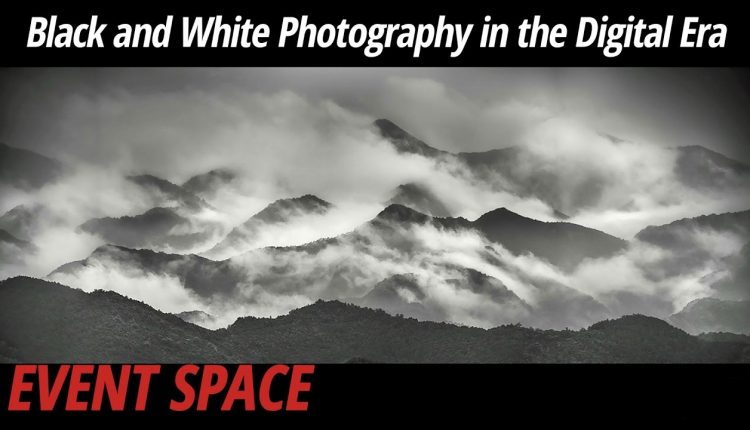Black and White Photography in the Digital Era
For much of the history of photography, practitioners were limited to black and white. But digital cameras allow you to choose on a frame-by-frame basis whether you are creating a color or black and white image; in fact, this choice is often best made in post-production.
In this presentation, acclaimed photographer Harold Davis addresses how to pre-visualize black and white in a color world, how to find subjects that work well monochromatically, how to tell a story or “write” a poem with black and white, and the best-practices workflow for black and white conversion. Along the way, Harold presents his black and white work, shows creative approaches such as digital solarization and LAB inversions, and discusses black and white printmaking.
Harold Davis Photography
Check Out More Event Spaces
Subscribe to the B&H Photo YouTube Channel
Follow us on Social Media
—
—
—
—
—

"Gold-plated footstep?"
You lost me at the Sanctuary City BS……….
Harold, a dozen years ago attended one of your weekend night shooting classes in Pt Reyes. I now live on the FL gulf coast and am just heading out to shoot some b & w hdr. I try to get out for some night shooting here as well. Glad to see you are still teaching and I put to use what I learned regularly. I do still use film in 35 and MF as well. Glad to see you have hooked up with B&H
You have to be kidding me. What a joke lol If you want to shoot B&W, don't shoot digital, shoot film, and get a good manual focus prime lens. You'll never learn it if you shoot color and convert it to B&W. You might as well shoot in color on "P" and use your new found "artistic vision" (LightRoom)
I really enjoyed this presentation. It does give you a whole different perspective on black and white imaging. HDR is apparently quite effective at creating stunning images even in black and white. Well done, and thank you.
Bravo!
thanx
Another fine video – This has given me many news ideas and ways of thinking about my photography.
All the best for now.
Cheers.
Jim
2:50 – Step 1: Use a Monochrome Sensor.
Using a Color Sensor introduces aliasing from the Bayer Array.
Leica makes a Camera with such a Sensor, part of the reason it is expensive is because so few people want such a Camera; the other reason that Camera costs a lot you already know.
You might find a used Camera with a monochromatic Sensor, Kodak used to make such Cameras.
Recently some Cellphones include a B/W Sensor and can use it alone to take Photos and Videos.
Another route is a conversion from somewhere like Maxmax.
Using a color Sensor and converting the Image is a last resort for best results.
Once I heard that this was the way these Photos were to be produced I lost interest in seeing the remainder of the Video.